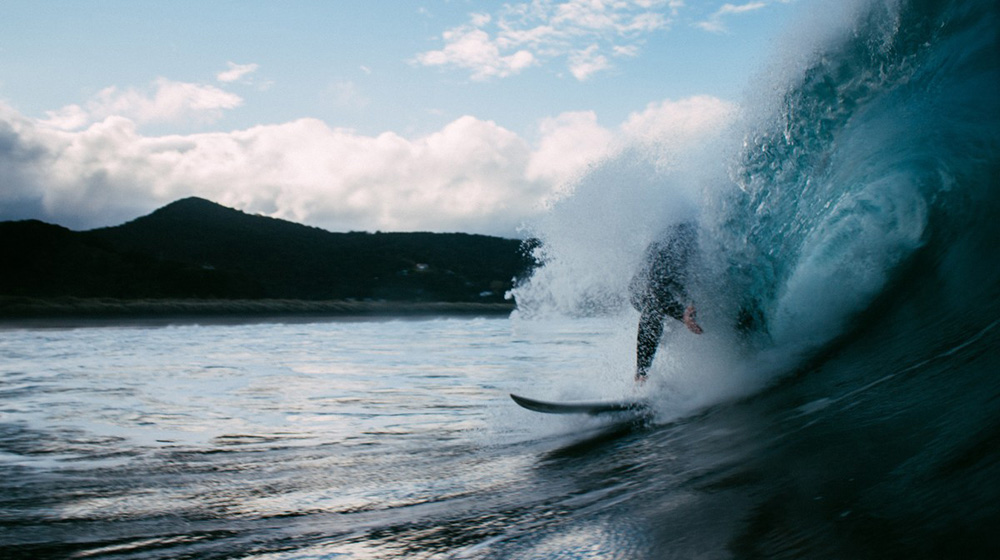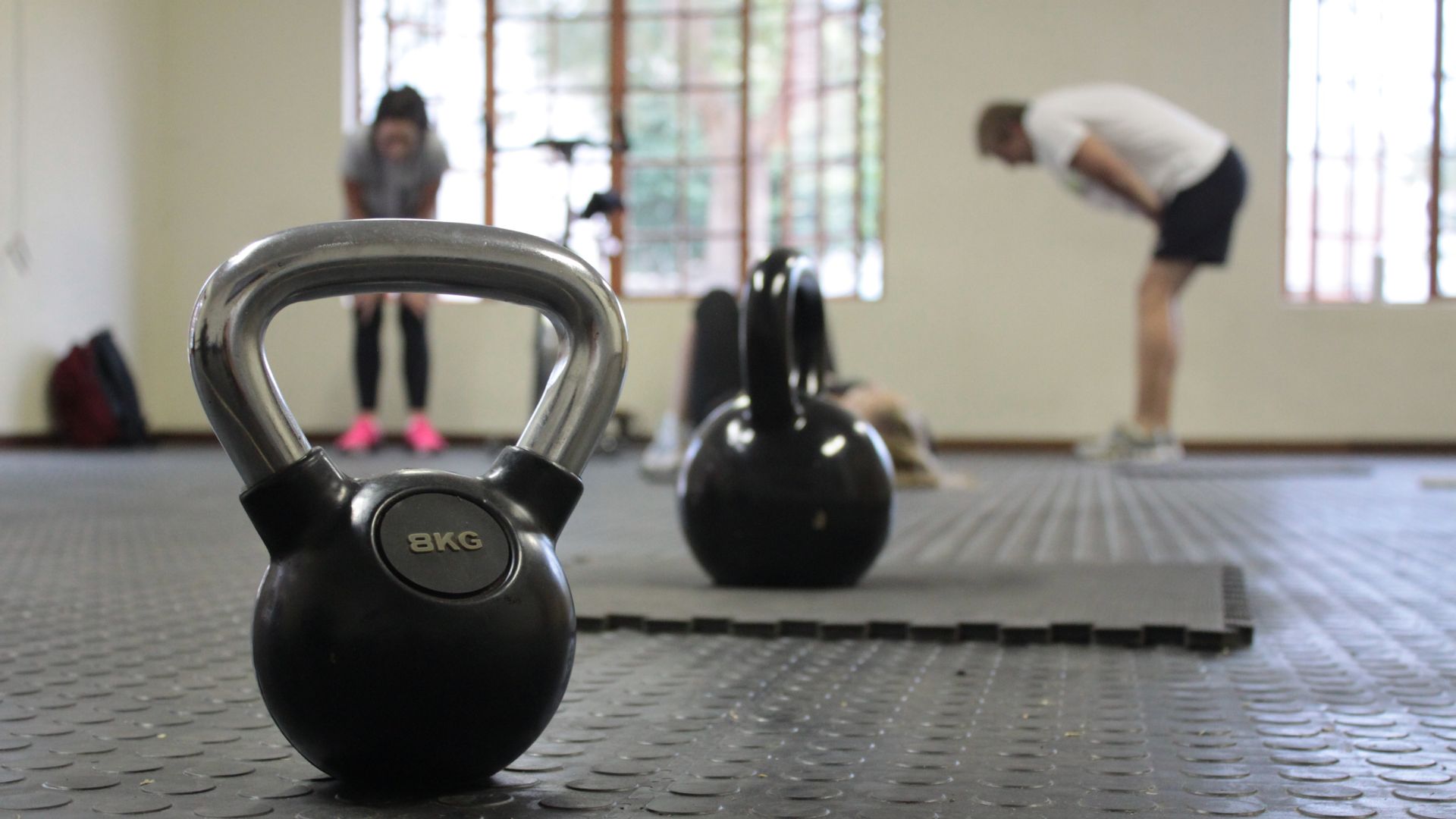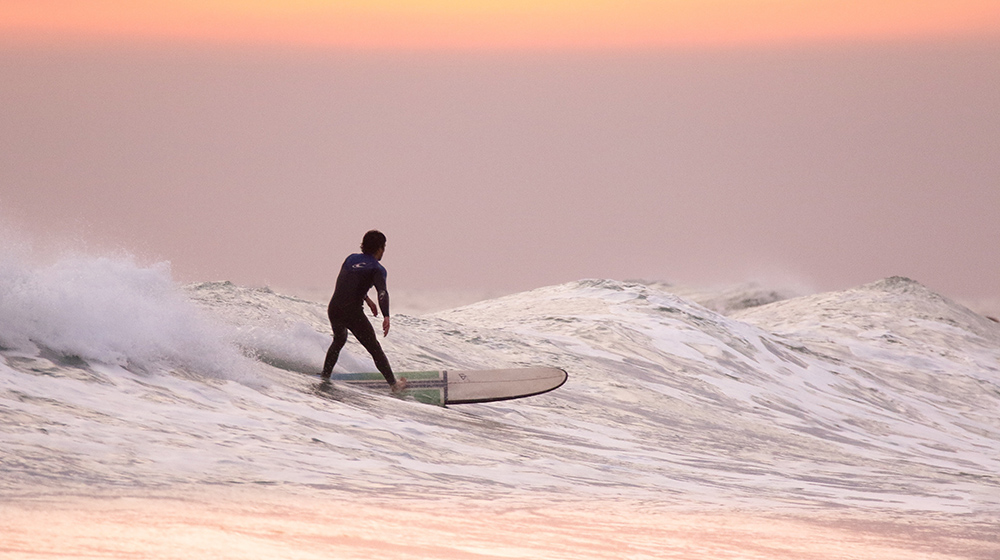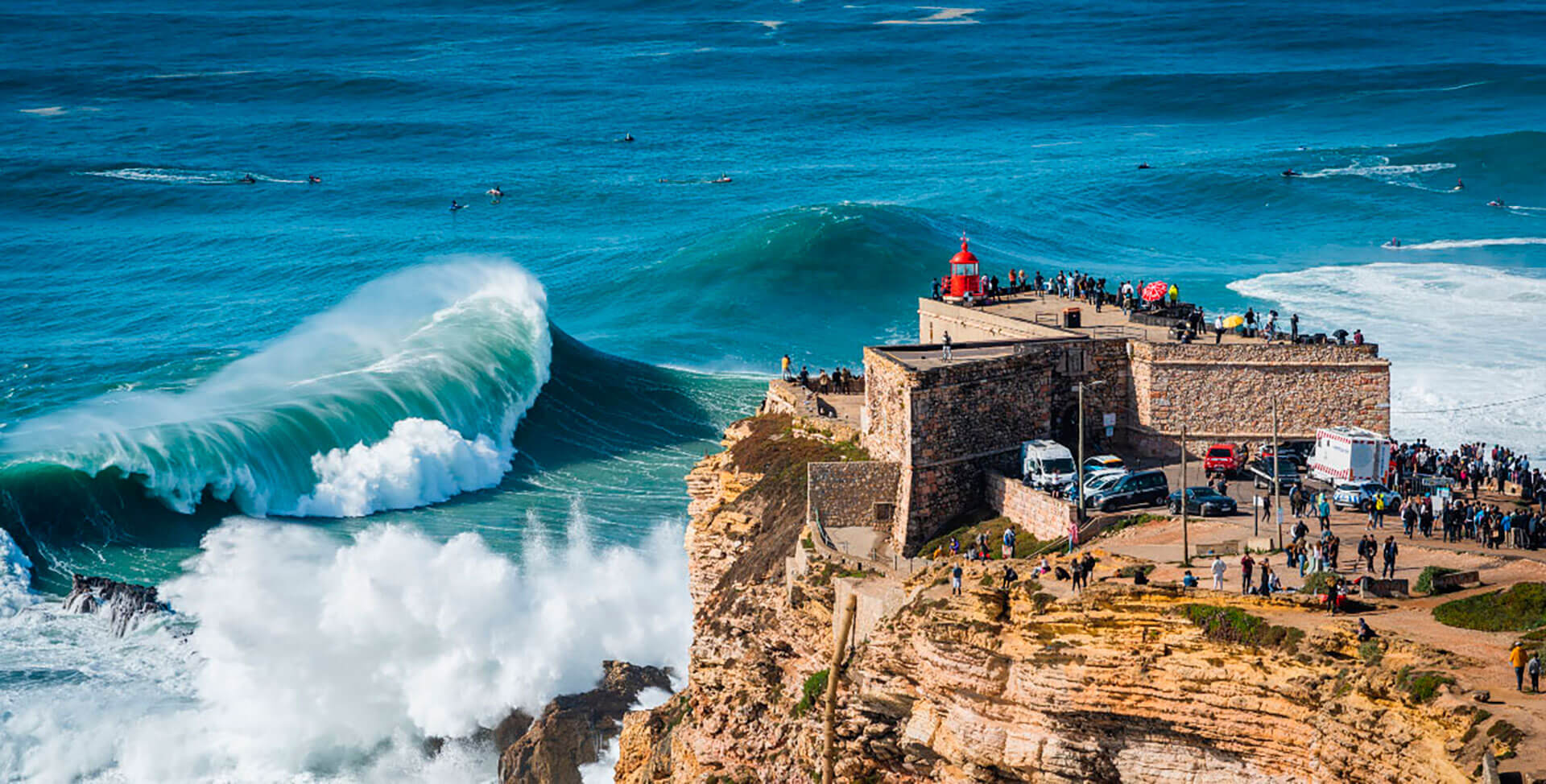
How to choose the right surfboard for you [2021]
Reading time: 5.5 mins
On Nautical Channel we have a complete guide on how to choose a board depending on your level, preferences and style to improve your performance and overall fun with the waves.
Let's start with volume and rocker
- Average surfboard litres by type
- Why is the surfboard's volume so important?
- Surfboard volume according to weight, surfing level and conditions
- Calculating the right board volume for you
What is the surfboard's rocker and how does it affect you?
The different types of surfboards
Choosing a surfboard can be complicated, especially if you are getting started in the sport. As you progress in surfing, you realize how your equipment affects the overall performance and fun when practicing the sport. We will review four common surfboard types: longboards, funboards, shortboards and fishes.
Let’s start with volume and rocker
For starters: What is a surfboard’s volume?
Just like in a box, the volume of a surfboard depends on three elements: length, width and thickness. However, surfboards are harder to calculate as they have curves, concaves and convexes, meaning you cannot calculate the volume with the traditional length x width x height.
Nowadays most surfboard shapers provide data on their surfboards volume as these are designed using a computer software. Before, you had to sink the surfboard in a bath to see how much water the surfboard displaces.
Average surfboard litres by types
If you have a surfboard in front of you, you might see a number under the surfboard, close to the stringer (that middle line that crosses the board).
- Shortboards: 22L - 35L
- Fishes: 25L - 45L
- Funboards: 40L - 60L
- Longboards: 60L - 100L
Why is the surfboard's volume so important?
The volume determines how buoyant the board is, meaning the floatation on the surfboard. This changes everything: how fast you paddle, the waves you will be able to catch and how the surfboard turns.
If you add more volume you will float more. This will make it easier to paddle fast, thus catching waves faster takes less effort.
However, there needs to be a balance because if you add too much volume you will float a lot. These are harder to move around and it makes it difficult to dig a rail in the water when carving. On the opposite side, if you do not have enough volume, you will not float enough. This makes your paddling and surfing slower.
Surfboard volume according to weight, surfing level and conditions
The first factor to take into account is the surfer’s weight. The heavier the surfer is, the more volume they will need, while if the surfer is lighter they will need less volume. Even if weight is an important factor, it is not the only important consideration when deciding the surfboard’s volume.
Regarding surfing level, beginner-intermediate surfers normally ride boards that do not have enough volume for their experience level. This slows down their surfing progression, and having extra volume has more benefits: you can catch more waves, paddle faster, surf faster and have more stability in the surfboard.
Smaller surfboards can make beginners feel like they are “easier to turn on”. However, they are easier to trim on. This means they can easily switch from rail to rail by shifting the weight to your toes and heals.
If you want to learn how to carve (how to do stylish turns on the face of the wave), you need a proper technique. Speed, experience, timing and proper positioning on the wave are essential, and these need to be practiced on a bigger surfboard.
According to conditions:
- If you want to ride small and weak waves, you need more volume as the extra foam will give you more speed.
- Powerful and steep waves need less volume, as when the surfing conditions are good and clean, surfers often use smaller surfboards. This translates to tight turns, increased manoeuvrability and advanced tricks.
- For very big waves, you will want high volume. Experienced surfers often will use a “step-up board” or “gun”. These have more volume and length than their typical boards. The extra volume helps them paddle into bigger waves and they are able to move forward faster.
Calculating the right board volume for you
You will want to look into the three factors mentioned above when deciding the volume of your board. You can use a Volume Calculator to get an approximation of how much volume you will need depending on your experience and weight.
Image from Kooks only Surf
What is the surfboard’s rocker and how does it affect you?
The “rocker” is the curve of the surfboard from its nose to its tail. Generally beginners and low-intermediates stick with flatter surfboards while advanced surfers go for a good amount of rocker in steep waves.
To understand why surfboards have rockers, we need to understand waves have curves. A rocker allows a surfboard to adapt to the wave’s face. Without rocker, the surf would have its nose diving inside the wave. This is why rockers provide extra manoeuvrability to help execute tricks.
Flatter rocker means flatter boards: These provide planing surface and floatation. A low to medium rocker helps you glide on the surface of the water, but overall there is a loss of manoeuvrability and performance.
More rocker means more banana shaped boards: They are easier to maneuver, they respond quickly and are easier to change the direction. However, they also slow you down as the curvature creates a drag under the water.
There are other types of rockers like the nose rocker or the tail rocker. These all provide benefits and inconveniences, so it is best to check them all personally before coming up with a decision.
The different types of surfboards
When picking up a board in a surf shop you will find out there is no perfect board. However, you can learn how to pick one that suits your needs. You have to ask yourself what your objective is, what surf conditions you will surf in and what your surfing level is.
The longboard
These are best if you want to surf all year round. Their size and great flotation are ideal for learning how to surf properly. If you add a low to medium rocker, you will glide gracefully on the surface of the water. Also, they are the perfect board to learn basic techniques.
On the other hand, you will not be able to duck dive with a longboard. This is why you will have to learn the turtle roll, or eskimo, technique. Also, due to its length and low rocker, it is more likely to nose dive when taking off at the wave.
Skill level: Beginner - Advanced
Ideal conditions: Very small waves (up to 60 centimeters).
The funboard
The funboard is an “in-between” the longboard and the fish. They are the “next step” for beginner surfers who have already practiced in a longboard before but are not ready to jump into a fish or shortboard. These boards combine fast and easy paddling with the manoeuvrability of shorter boards.
The negatives are they are not as fast as longboards and it is harder to perform tricks with funboards than with shortboards and fishes. Also, it is harder to keep your balance and lose stability with this board.
Skill level: Beginner - Intermediate
Ideal conditions: Small to medium waves
The fish
You will be able to recognise these by its big nose and wide shape that gradually narrows towards the tail. Most fishes are ridden with twin fin (two) or quad fin (four). These boards have more volume and less rocker than shortboards and are ideal for weak and mushy waves.
These boards are smaller than longboards and funboards. Fishes are harder for catching waves as their wide shape makes it more complicated.
Skill level: Intermediate - Advanced
The Shortboard
These are the ultimate performance boards designed for epic surf conditions. These should only be used by advanced riders: beginners and intermediate surfers will see their surfing progression slowed down if they begin with these boards.
They are ideal for advanced maneuvers like cutbacks, airs or snaps. They have a strong rocker making it easier to hit critical parts of the wave. As they are small and light, they are easy to turn with. Disadvantages include paddling is harder as the board drags more water when moving forward.
Skill level: Advanced surfers
Ideal Conditions: medium to medium-big waves













_v2.svg)
_v2.svg)









_v2.svg)


